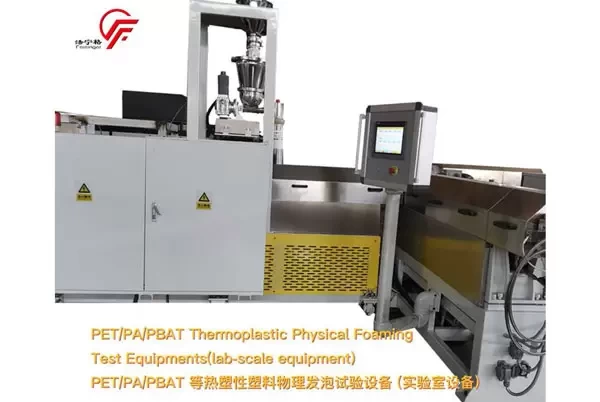Technology
14
Nov . 2024PET foam extruder machines are essential in the production of lightweight, durable, and versatile materials used across various industries, including packaging, automotive, and construction. These machines are designed to ensure high performance, energy efficiency, and long-term reliability. Feininger’s PET sheet extrusion lines stand out by offering customizable modular designs that enhance productivity, reduce costs, and improve energy consumption.
However, like any high-tech industrial equipment, PET foam extruder machines can encounter issues from time to time. Understanding common problems and their solutions can help maintain optimal performance and prevent costly downtime. In this blog, we’ll explore some of the most common issues with PET foam extruder machines and provide solutions to help you troubleshoot and resolve them.

Problem: One of the most common problems with PET foam extruder machines is inconsistent foam quality. This can manifest as uneven foam density, irregular cell structure, or poor surface finish.
Cause: The issue often stems from improper temperature control, incorrect material formulation, or fluctuations in extrusion speed.
Solution:
Problem: Clogging is a frequent issue in PET foam extruder machines, which can disrupt production and even cause damage to the machine if left unresolved.
Cause: This can happen due to contamination in the raw materials, inadequate material pre-heating, or an improperly maintained extruder screw.
Solution:
Problem: While PET foam extruder machines are designed for energy efficiency, sometimes production lines may experience excessive energy consumption, leading to increased operational costs.
Cause: Inefficient machine settings, such as incorrect screw speeds, improper heating, or using outdated technology, can lead to higher energy demands.
Solution:
Problem: Overheating can cause melting issues, leading to poor material quality or even machine damage. It’s crucial to maintain the correct temperature profile to ensure smooth operation.
Cause: Overheating typically occurs due to improper cooling, inefficient temperature control systems, or a malfunction in the temperature sensors.
Solution:
Problem: PET foam products, such as sheets or boards, may suffer from dimensional inconsistency, such as warping or uneven thickness, which can affect product quality.
Cause: This issue can arise due to improper die settings, inconsistent cooling, or variations in the extrusion speed.
Solution:
Problem: Over time, key components of the PET foam extruder machine, such as the extruder screws, barrel liners, and die heads, may experience wear and tear.
Cause: Continuous use, improper material formulations, and lack of regular maintenance can accelerate wear on critical parts.
Solution:
Feininger’s PET sheet extrusion lines offer high performance, energy efficiency, and flexibility for companies in the plastics industry. However, like any advanced equipment, PET foam extruder machines may face challenges that could disrupt production. By understanding the common issues and knowing how to troubleshoot them, you can keep your production line running smoothly and efficiently.
Regular maintenance, optimal settings, and proper material handling are key to ensuring the longevity and reliability of your extruder machine. If you encounter persistent issues, don’t hesitate to consult with experts or upgrade your machinery to benefit from the latest technological advancements that improve productivity and reduce costs.
Mobile Phonel: +86-13776668008
Email: market@feininger.cn
Website: http://www.xpsmachine.com/
Address: No.2 Zhonglin Road,TangshanIndustry Area,Nanjing City, JiangsuProvince,China
Latest News

 21 Aug 2024
21 Aug 2024 Innovative Features to Look for in a Foam Sheet Laboratory Machine
In the world of materials science and product development, foam sheet laboratory machines play a critical role in research, testing, and small-scale production.
 24 Apr 2024
24 Apr 2024 Case Studies: Real-World Applications of EPS Graphite Particles
In the realm of material science, Expanded Polystyrene (EPS) with graphite particles is emerging as a revolutionary solution in various industries due to its enhanced properties and versatility.
 24 Jul 2024
24 Jul 2024 Choosing the Right TPU Underwater Pelletizer: Key Considerations and Tips
Thermoplastic polyurethane (TPU) underwater pelletizers are essential in the polymer processing industry, especially for producing high-quality TPU pellets.